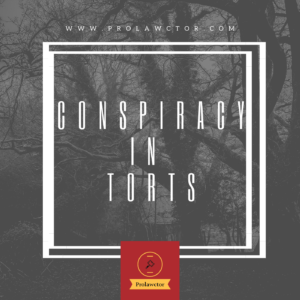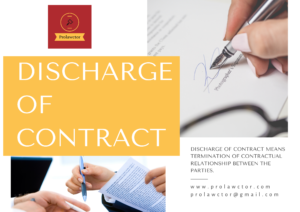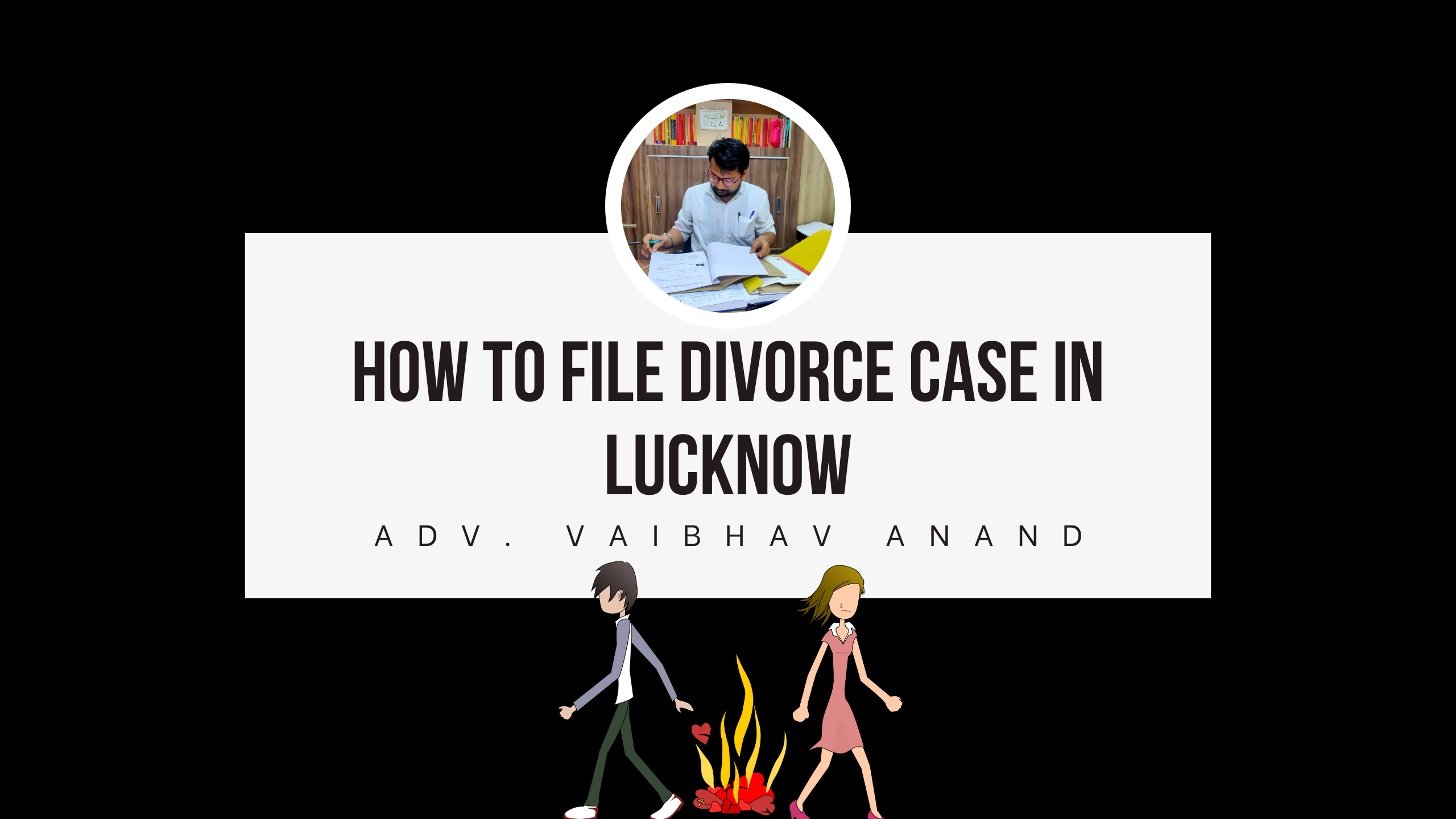Interference with Business|Passing off|Salander of Title & Goods|
INTERFERENCE WITH BUSINESS
Passing Off
If a person disposes of his goods, as those of another person without legal justification there is passing off. He may have used the same famous brand name or a similar name or a get-up to closely resemble another product; there is the tort of passing off. The test is that a reasonable ordinary buyer must have been misled by the goods offered by D. Intention is not essential.
White Hudson V. Asian Organisation: P was selling his cough mixture in bottles covered with red cellophane paper, in the name “Hacks”. D, started selling cough mixture covering similar paper. The people were misled and started buying the goods of D as that of P. P sued D. The circumstances showed that D was liable for passing off.
Singer Manufacturing Co. V. Loog : D was making his sewing machines and selling as Singer type. Held D, not liable. The name “Singer” had become “Public juris” and merely designated a particular type of sewing machine. D’s advertisement was not deceptive.
‘Passing off is a common law remedy. In India Trade and Merchandise Act 1958 Protects the interest of the users of the registered trademarks and an action may be brought against those infringing the right. This is a statutory remedy.
Slander of Title
This consists of a false, malicious statement injuring the plaintiff’s title to property and causing special damage to him.
Essentials: The plaintiff P must show.
- that the statement was false.
- that it was made with malafides, to injure the interest of P or to impute motives to him.
- that the statement defeated his title to property,
- that special damage resulted therefrom.
In Malachy V. Soper : P had owned a number of shares in a Silver Mining Company. C and others had made a statement that a “Receiver” has been appointed and that the officer has arrived at the Mines. Held: as special damage was not shown, there was no “Slander of Title” to goods.
Special Damage means a property may be sold at lesser price because of the Slander, or the owner may be put to much inconvenience and trouble because of the Slander.
Slander of goods
This consists of a false statement, Published maliciously, disparaging a man’s goods and causing special damage to that person.
Essentials: The plaintiff must prove.
- that D, the defendant had disparaged P’s goods.
- that the statement was false.
- that there was malafides. No special damage need be proved.
Statement be A that his goods are superior to all others, is not trade libel.
Ratcliff V.Evans
P was manufacturing Boilers under his name Ratcliff and Sons. D published in his newspaper that such a firm did not exist. There was Malice. Held: D liable for Slander of Goods.
Breach of Statutory Duty
This is a specific tort. A statute (Act of Parliament or of State Legislature) which creates certain duties on the authority or a body of persons, also imposes the liability for breach of such duties. The court may have to ascertain the “legislative intent”. The statute may create benefit to a group or a class of persons. Eg. The Factories Act creates certain duties on the occupier of Factory. Similarly, the Industrial Disputes Act, Workman’s Compensation Act, etc, impose such duties.
Essentials:
i) The defendant must owe a duty to the plaintiff. When a statute provides benefits to a class of persons, the plaintiff must belong to that class to claim the benefit.
In Harely V. Mayoh, A, a firemen was electrocuted when he was fighting to put out fire in D’s factory. The widow W claimed for breach of obligations. But these were applicable only to “Persons employed”. A was not employed in the factory. Hence D was not liable.
ii) The nature of the injury: The object of the Statute may be to prevent a particular kind or type of mischief or injury, in such a case only such kind or type is to be proved. Loss of eyes, or hands or toes when the worker is working in the course of employment. Employer liable under Workman’s Compensation Act.
iii) The defendant must have breached a statutory obligation. The obligation are defined in the Statutes. Eg. ship building Regulations. To succeed there must be a breach. In Factories Act, many obligations are provided and the “Occupier” of the Factory is liable for breaches. If there are no breaches, there is no liability.
In a case, the thumb of a workman was cut off when it came in contact with a revolving wheel. There was a violation of Statutory duty by employer as there was no fencing of such a wheel. The occupier of the factory was held liable.
iv) There must be damage. The plaintiff must have suffered injury as a result of the breach of statutory duty. In Ginty’s case an experienced workman, due to his own negligence, fell down from the roof where he was working. Held, defendants not liable.
Defences
i) Volenti non fit injuria is not a Defence.
ii) Contributory negligence: There is not a complete defence, but may be pleaded to reduce compensation.
iii) Delegation of duty by the person under a statutory duty to another person is no defence. The occupier of a Factory cannot plead innocence under delegation of duty to the supervisor.
iv) Statutory provisions: Defences, eg. negligence of the workman which are open under Statute may be pleaded.
Mayhem
Mayem means “maim” i.e., rendering any part of the human body useless. This is a bodily harm or injury and hence it is an aggravated form of battery. Cutting off of a finger, or a toe, blinding of a person, castrating a person, removing the teeth are examples of mayhem.
But, if there is a mere disfigurement, it is not mayhem. For example, cutting off of an ear or the nose, is not mayhem.
To become mayhem, there must be deprivation of the use of part of the body or any of the five senses. The loss must be permanent. This is a tort and damages may be claimed by the plaintiff. For mayhem, the court will award more compensation, than for assault or battery.
‘Foreign Torts’
A tort committed abroad is a fo will have arisen abroad. If the foreign tort is in respect Foreign tort ie., the cause of action of immovable property situated abroad, the Indian Court has no jurisdiction. But if it is a personal tort, it has jurisdiction, but two conditions are to be fulfilled,
- The wrong must be a tort in the place of the forum ie., where action is brought.
- It must not have been justifiable in the place where wrong is committed.
If both the conditions are established, the plaintiff will succeed.
The leading case if Philips V. Eyre. P filed in England a suit for assault and false imprisonment against the ex Governor of Jamaica for the torts done in Jamaica. The defendant relied on the ‘Act of Indemnity’ Passed by the Jamaican Legislature in which the acts done during the rebellion had been legalised.
Held, P could not recover as the indemnity had justified the action of the Governor.
In Mostyn V. Fabrigas, the Governor of Minorca imprisoned F for a week and banished him to Spain. F sued in England for arbitrary action of the Governor. It was held that Governor was liable.
Both the conditions are fulfilled in this case. False imprisonment was a tort in Minorca and England. Further, it was not justifiable according to Minorca Law.
In re Halley: In this case, an English steamer was plying in Belgian Waters but was under a compulsory pilot under Belgian law. It collided with a Norwegian Vessel. Under Norwegian Law the steamer was liable, but in England, not liable if a vessel was under a compulsory pilot. Hence, the court held that an action was not maintainable.
45 degree Rule
This is not a rule of law, but is a circumstance (or evidence) to enable the courts to ascertain whether there was any interference to the right to light (and air) of the plaintiff. In a way this is a working principle. P, the owner or occupier of a building has a right to light and air, but any substantial interference over this right by this neighbor D, amounts to nuisance, and, hence P is entitled to the remedy of removal of the interference. However, according to 45 degrees rule there is no interference, if P is left with an angle of 45 degrees at the base for light and air. If the interference is more than 45 degrees, then there is nuisance. Light from other sources should also be taken into consideration to decide this 45 degree interference.
The leading case is Colls V. H & C. Stores Ltd. In this case, A was carrying on his business in a building; just opposite to this building, on the other side of the street there was a land on which B proposed to put up a building about 50 feet height. ‘A believed that this would cause interference and hence, sued B for injunction. There were five windows in the ground floor rooms, of A and, there would be interference to two windows, if the building is built up. But, there was sufficient light from other windows. Hence, there was no material interference. Hence, A did not succeed. This rule has limited scope. It is used only when the proof available is unsatisfactory or indefinite.








